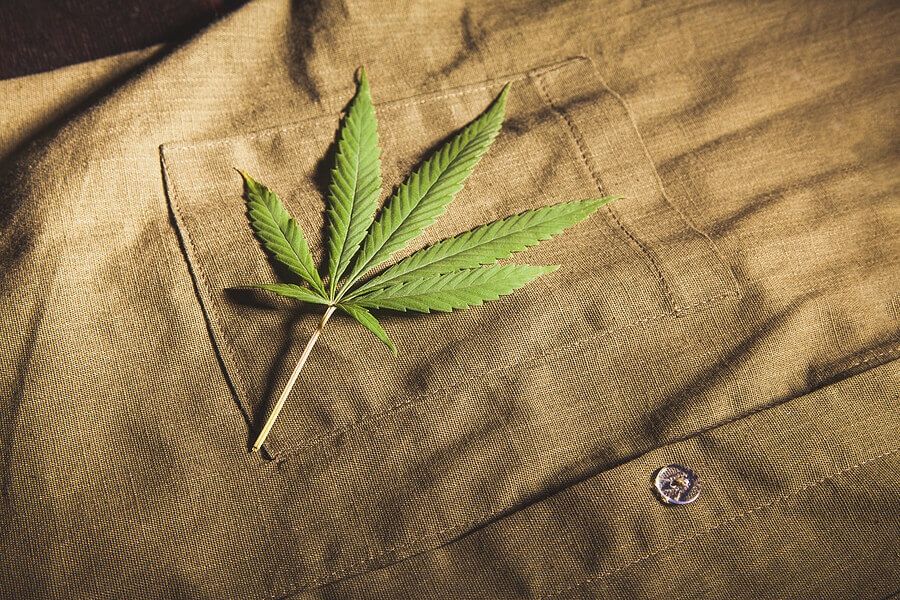Recommended Ideas For Selecting Hemp Clothing
Wiki Article
What Are The Differences Between Hemp And Cotton With Regard To The Use Of Water, Pesticides And Herbicides.?
The hemp plant is believed to be to be more environmentally sustainable than cotton, in terms of pesticides, herbicides as well as water use.
Hemp- Hemp is known for its relatively low need for water compared to many other crops, including cotton. It is considered a drought-tolerant plant that thrives without much irrigation. Hemp can usually be grown by using rainwater alone.
CottonConventional cotton has a reputation for consuming plenty of water. Cotton cultivation requires a lot of irrigation, which could result in water shortages in the local area and even the depletion of water in areas that are under stress. Cotton farming has been criticized for its intensive use of water.
Pesticides and herbicides
Hemp- Hemp is naturally resistant to disease and pests, which means that it is less necessity for synthetic herbicides as well as pesticides. Although certain hemp crops require pest management, overall the reliance on chemicals is less than other crops, including cotton. The hemp plant can be grown almost without pesticides.
Cotton- Conventional cotton farming is heavily dependent on synthetic herbicides, pesticides, and weed killers for the control of pests. These chemicals may have adverse environmental effects including soil and groundwater contamination, damage to the other species as well as the development of pesticide-resistant pests.
In short hemp is regarded as a more sustainable crop than cotton in terms of the use of water, pesticides and herbicides.
Hemp needs less water for growth and is usually grown using rainfall, with minimal irrigation or even with no water at all.
Hemp's natural resistance to pests eliminates the need to use synthetic pesticides.
Hemp is usually grown using less herbicides and pesticides than traditional cotton.
It is crucial to keep in mind that the practices used to sustain farming and environmental protection may differ from one area or grower to the next. By minimizing synthetic chemicals, and promoting the health of soil organic farming practices increase the sustainability. When considering the environmental impacts of clothing and textiles, making use of organic fibers like hemp or cotton could help reduce the fashion industry's environmental footprint. Check out the top hemp clothes tips for site recommendations including american made hemp clothing, hemp underwear, hemp fabric clothing, hemp boxer shorts, hemp clothing, hemp clothing, organic hemp underwear, 100 hemp clothing, jeans hemp, hemp yoga clothes and more.

How Can Hemp Be Used To Improve Carbon Sequestration And Sustainability?
Hemp fibers can contribute to the sequestration of carbon, sustainability and crop rotation practices in a variety of ways and are therefore an environmentally sustainable choice for agriculture and textile production- Carbon Sequestration-
Hemp is an extremely fast-growing plant. It can mature in as little as 70 to 120 days, depending upon the type of plant and the conditions. In order to speed up their growth hemp plants absorb carbon dioxide in the air during photosynthesis. Carbon uptake is a major factor in carbon sequestration and decreasing CO2 emissions from the air.
Hemp is a plant with a large biomass production. The tall stalks as well as the thick leaves of the plant produce an enormous amount of organic matter. When mixed into the soil or utilized to make various products, can contribute to a buildup of carbon.
Sustainability:
Hemp cultivation requires fewer synthetic pesticides. It also requires fewer herbicides. The natural resistance of hemp to insects and diseases minimizes the requirement for chemical interventions. Organic hemp farming is a sustainable method of cultivating hemp since it doesn't rely on synthetic chemicals.
Hemp can be watered with minimal water, unlike other plants that require a lot of water, like cotton. This makes hemp more viable in areas with scarce water resources.
The deep-rooted system of hemp can enhance the soil's health. Its roots help reduce soil runoff and also stabilize the soil's structure, thus preventing soil erosion. Hemp cultivation also improves the activity of soil microbial organisms by promoting the cycle of nutrient and soil fertility overall.
Crop Rotation- Hemp can be integrated into systems for crop rotation. Crop rotation refers to the process of rotating crops in a field for a period of time. This is a fantastic method to stop the cycle of pests and diseases, improve soil quality, and lessen soil depletion. Hemp is an excellent crop to rotate and its use can contribute to sustainable farming practices.
Crop Rotation
Hemp crops can be rotated with other crops like legumes, grains and even vegetables. This can help farmers to maintain the quality of their soil, reduce the risk for pests, diseases and other issues related to crops as well as promote a balanced cycle of nutrients.
Hemp roots penetrate the soil and aerate it which decreases compaction and increases water infiltration. After hemp, the improved soil structure help subsequent crops.
In summary, hemp fibres increase carbon storage, sustainability and cultivation practices because of their rapid expansion and production of biomass. They also require minimal chemical inputs, make good use of water, and are compatible with crop rotating systems. The hemp fibers produced through this sustainable, regenerative farming practice are an excellent choice for textiles. Follow the top hemp clothing for website info including hemp fleece fabric, hemp shirts, hemp boxer shorts, hemp fabric by the yard, hemp pants, patagonia iron forge pants, hemp coat, hemp tee shirts, patagonia iron forge jacket, patagonia iron forge jacket and more.

What Are The Benefits Of Bamboo Clothing To The Environment And For Comfort?
Bamboo clothing can be eco-friendly and comfortable.
Softness- Bamboo is known for its incredibly soft. It has a silky smooth texture that feels soft against the skin. Bamboo clothing is well-known because of its luxurious softness making it a great choice for loungewear, activewear and intimate clothing.
Breathability Bamboo fibers breathe and help to wick away moisture. The micro-gaps of the fabric allow air to flow to keep you cool and cool in hot temperatures. The moisture-wicking properties help to pull sweat away from your skin, and reduce the feeling of dampness.
Thermoregulation- Bamboo clothes have outstanding thermoregulatory properties. It can keep you warmer in colder temperatures by retaining heat close to the skin. In addition, it helps you stay cool in hot temperatures by allowing excess water and heat to evaporate. The flexibility to various temperatures is what makes bamboo clothing suitable for year-round clothing.
Hypoallergenic Bamboo is hypoallergenic in nature and is gentle to sensitive skin. Bamboo fabric is more likely than other materials to trigger allergic reactions or irritation, so it's a good choice for those who have allergic skin or sensitive skin.
Odor resistance- Bamboo fibers have natural antimicrobial qualities that can in preventing the growth of bacteria that cause odor. Bamboo clothing retains its freshness even when you are physically active.
Environment-
Sustainability- Bamboo can be a sustainable and renewable resource. Bamboo is one of the fastest-growing plants in the entire world. It is able to grow with only a little water and doesn't require any pesticides. Bamboo can be harvested without killing the plant because it is able to regenerate through its root system.
Bamboo is water efficient by nature. Bamboo is able to flourish without much irrigation and is often developed by the rain alone. This reduces the environmental impacts that come from the use of water for agriculture.
Biodegradability Bamboo clothing naturally breaks down when it is removed. This reduces the amount of non-biodegradable textiles in landfills.
Carbon Sequestration. Bamboo can be utilized to capture CO2 in its rapid expansion. Bamboo cultivation is a carbon-sink that can help to mitigate climate changes by reducing greenhouse gas emissions.
Chemical Reduction- The manufacturing and processing of bamboo fabric typically require less chemicals than other types of textiles. This reduces the environmental impact that textile manufacturing is a contributor to.
Closed-Loop Production- Some bamboo fabric production processes utilize closed loop systems that reuse and recycle water and chemicals, minimizing pollution and waste.
Important to note is that the impact on the environment can depend on the manufacturing process used, as well as whether the bamboo used came from sustainably managed and ethically controlled bamboo forests. To ensure the highest environmental benefit, buyers should seek out bamboo clothing that is produced using eco-friendly and ethical methods. View the top learn more on bamboo clothes for website examples including bamboo pajama pants, clothes made from bamboo fiber, bamboo dress socks, bamboo infant clothing, mens bamboo clothing, boody clothing, onno bamboo shirts, bamboo onesies, mens bamboo clothing, childrens bamboo socks and more.
